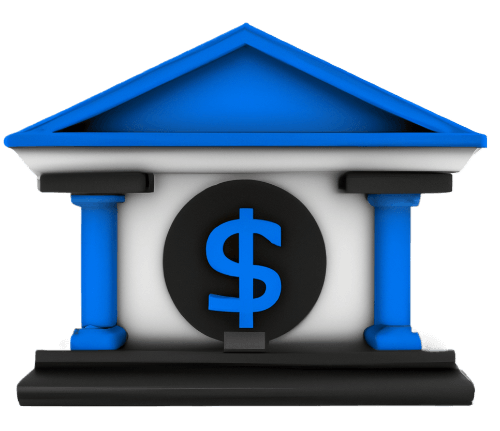Business Cycle
A business cycle consists of the phases of recession, depression, recovery, and boom. Although this cycle tends to repeat itself, it is unpredictable, and the duration and intensity of each phase vary considerably. Additionally, the two main variables observed to determine the economy's phase in the business cycle are production (real GDP) and the unemployment rate.
Business Cycle Graph
In the graph, time is represented on the x-axis, while economic activity is represented on the y-axis. The economy first goes through a period of recession, hitting a low during a depression, followed by recovery, and finally economic expansion. Of course, the graph is illustrative; for example, sometimes the economy can move from a recession to recovery without going through a depression. Each phase of the economic cycle is explained below.
Recession
A recession is the phase of the business cycle characterized by a widespread decline in economic activity over an extended period. Although there is no fixed time period that technically defines a recession, it is often described as a decline in real GDP for at least two consecutive quarters. However, this is only a general rule, and recessions can occur without strictly meeting this criterion.
Many factors can trigger a recession, some of them unexpected or unknown, such as a pandemic, while others are more likely, such as restrictive monetary policies or financial crises. The main effects of a recession include rising unemployment, a decrease in real income, reduced investment, lower consumption, and a decline in production, among others.
Depression
A depression is a severe recession. There is no exact definition of when a recession turns into a depression, but key characteristics include prolonged duration—while recessions can last between six months and a few years, depressions tend to be more prolonged. Depressions are also marked by extreme drops in production (real GDP) compared to recessions, and significantly high unemployment rates.
Recovery
Recovery is the phase of the business cycle that follows a recession or depression. During this period, the economy begins to improve and grow again. Production and employment recover along with consumer and investor confidence.
Boom
A boom is the peak phase of the business cycle, where production grows at high rates, employment levels are elevated, investment is strong, and consumption reaches its highest point.
Behavior of Business Cycles
Business cycles are irregular, do not follow a set pattern, and are practically impossible to predict with precision.
Real GDP is the most commonly used economic variable to monitor short-term changes in the economy because it is the clearest measure of economic activity. However, regardless of the economic indicator used, most variables that aim to measure some form of income, spending, or production tend to fluctuate together. Consequently, when real GDP enters a recession, other measures, such as personal income, corporate profits, consumer spending, investment spending, retail sales, car sales, and home sales, often follow. This is because business cycles are phenomena that affect the entire economy.
Although macroeconomic variables tend to fluctuate together, they do so at different magnitudes. Some variables replicate and amplify the business cycle, while others mirror it to a lesser extent.
Changes in economic output are closely tied to the economy's use of the labor force. Thus, unemployment rates tend to move in the opposite direction of the business cycle: when real GDP falls, unemployment rises, and when real GDP grows, unemployment decreases. The same relationship applies to investment—when real GDP falls, investments also decline, and when real GDP increases, investments rise as well.
